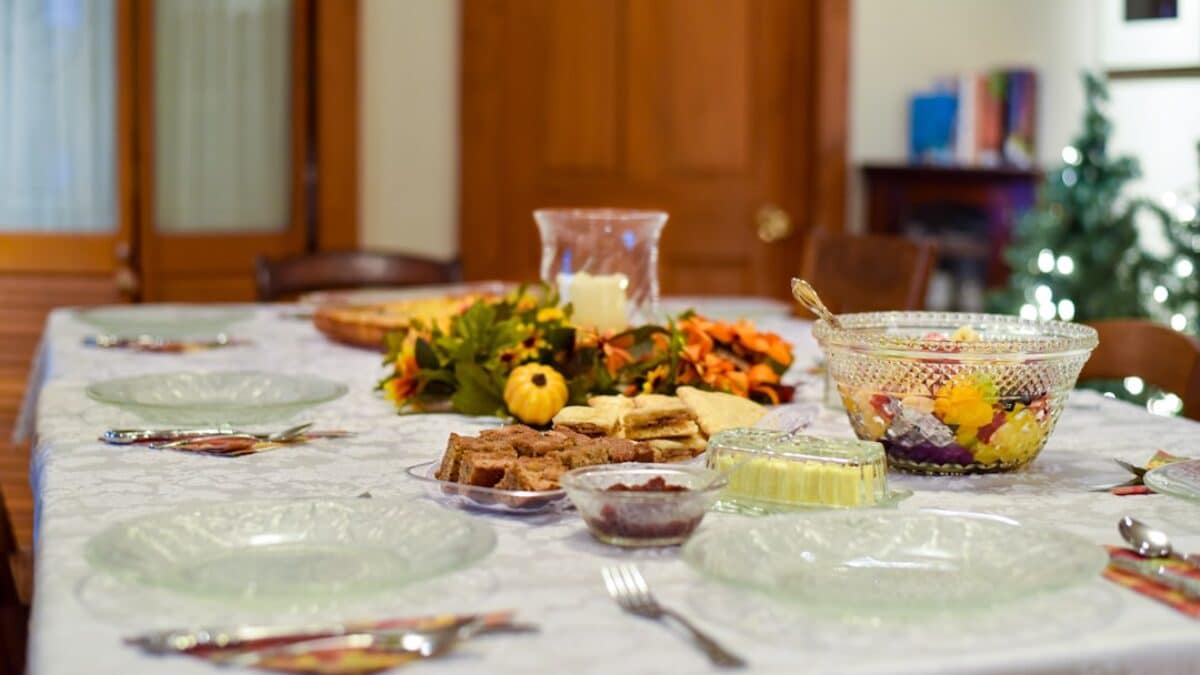Ramadan is a sacred month observed by millions of Muslims worldwide, marked by dawn-to-dusk fasting that fosters spiritual growth, self-discipline, and a renewed sense of gratitude. The daily fast is broken each evening by the meal known as iftar, a moment that is both celebratory and delicate—your body has gone without food or water for 12–16 hours and needs gentle, nourishing replenishment. Creating a healthy iftar plan is therefore more than a dietary choice; it is an act of self-care that sustains energy, prevents digestive distress, and enhances worship throughout the night.
Understanding Healthy Ramadan Iftar
A healthy iftar begins long before the first morsel reaches your lips. It starts with intentional preparation—stocking your kitchen with wholesome foods, structuring meals that balance carbohydrates, protein, healthy fats, vitamins, and minerals, and scheduling hydration so that the body can rehydrate gradually. The goal is to avoid the classic pitfalls of heavy, fried, sugar-laden dishes that spike blood sugar and then crash, leaving you lethargic for taraweeh prayers.
The Physiology of Breaking a Fast
After 12–16 hours of fasting, your glycogen stores are significantly depleted. Insulin sensitivity is heightened, which means that carbohydrates are absorbed more quickly. At the same time, the digestive tract has slowed; gastric acid production is reduced, and the small intestine is less primed for digestion. A sudden overload of food—especially sugary drinks and deep-fried appetizers—can trigger bloating, acid reflux, and reactive hypoglycemia. Therefore, a smart refeeding strategy is crucial:
- Phase 1 (First 5–10 minutes): Hydrate with water or a low-sugar electrolyte drink plus 1–2 dates for a controlled glucose rise.
- Phase 2 (10–30 minutes): Light soup or broth with vegetables and lean protein to continue rehydration and begin satiety signals.
- Phase 3 (Main meal): Balanced plate—½ complex carbs, ¼ protein, ¼ vegetables/healthy fats.
Key Components of a Balanced Iftar Plate
1. Complex Carbohydrates for Sustained Energy
Unlike simple sugars that cause glucose spikes, complex carbohydrates release energy slowly. Excellent choices include:
- Whole grains: Brown rice, quinoa, bulgur, oats, whole-wheat couscous.
- Starchy vegetables: Sweet potatoes, butternut squash, corn, pumpkin.
- Legumes: Lentils, chickpeas, black beans—also rich in fiber and plant protein.
Consider a quinoa and roasted vegetable pilaf or a lentil and barley soup to keep you energized until suhoor.
2. Lean Protein to Preserve Muscle Mass
During prolonged fasting, the body may break down muscle protein for amino acids. Replenish with lean, high-biological-value proteins:
- Poultry: Skinless chicken or turkey breast (grilled, baked, or air-fried).
- Fish: Salmon, sardines, mackerel—rich in omega-3s and anti-inflammatory.
- Plant-based: Tofu, tempeh, edamame, and seitan.
- Eggs: Versatile, quick-cooking, and complete amino-acid profile.
A baked salmon fillet with lemon and dill or grilled chicken shawarma lettuce wraps can satisfy both taste buds and nutritional needs.
3. Healthy Fats for Satiety and Hormone Support
Fats slow gastric emptying, helping you feel full longer. Prioritize unsaturated fats:
- Avocados: High in potassium to offset sodium-induced bloating.
- Nuts and seeds: Almonds, walnuts, chia, flax—also supply magnesium and zinc.
- Extra-virgin olive oil: Drizzle over salads or roasted vegetables.
Try an avocado-tahini dressing for salads or a mixed-nut and date energy ball for dessert.
4. Hydrating and Fiber-Rich Vegetables
Vegetables deliver water, vitamins, minerals, and antioxidants without a calorie load. Include a rainbow of choices:
- Leafy greens: Spinach, kale, arugula.
- Cruciferous: Broccoli, cauliflower, Brussels sprouts.
- Water-rich: Cucumbers, tomatoes, bell peppers.
Roast a tray of colorful bell peppers, zucchini, and red onions with a drizzle of olive oil and za’atar for a flavorful side.
5. Fluids and Electrolytes
Rehydration is not simply about drinking plain water; electrolytes (sodium, potassium, magnesium) must be replaced. Aim for 2–2.5 L between iftar and suhoor:
- Plain water: Minimum 8–10 cups.
- Low-sugar electrolyte drinks: Coconut water, homemade oral rehydration solution (ORS).
- Herbal teas: Chamomile, mint, hibiscus—caffeine-free and soothing.
Benefits and Importance of a Healthy Iftar
1. Sustained Energy for Night Prayers
By avoiding sugar crashes, you maintain stable blood glucose and can focus better on taraweeh and qiyam-ul-layl prayers without yawning or dizziness.
2. Weight Management and Metabolic Health
Well-balanced iftar meals help prevent post-Ramadan weight gain and improve insulin sensitivity, lowering the risk of type 2 diabetes.
3. Digestive Comfort
Fiber, hydration, and moderate portions reduce bloating, constipation, and acid reflux—common complaints if meals are fried and salty.
4. Mental Clarity and Mood Stability
Stable blood sugar supports neurotransmitter balance, reducing irritability and brain fog, making the spiritual journey smoother.
Practical Applications: Sample Menus, Recipes & Meal Prep
Week-Long Balanced Iftar Menu
| Day | Phase 1 (Hydrate) | Phase 2 (Soup/Salad) | Phase 3 (Main) | Dessert |
|---|---|---|---|---|
| Monday | 2 dates + 500 ml water | Lentil & spinach soup | Grilled chicken, brown rice, roasted vegetables | Greek yogurt + berries |
| Tuesday | 2 dates + coconut water | Quinoa tabbouleh | Baked salmon, sweet potato mash, steamed broccoli | Chia pudding with almonds |
| Wednesday | 2 dates + mint water | Moroccan harira (light version) | Lean beef kebabs, whole-wheat couscous, grilled peppers | Fruit salad + cinnamon |
| Thursday | 2 dates + lemon water | Chickpea & avocado salad | Tofu stir-fry with brown rice noodles | Baked apple with walnuts |
| Friday | 2 dates + rose water | Minestrone (low-sodium) | Herb-crusted turkey, quinoa pilaf, green beans | Date & nut truffles |
Quick Recipes
1. 5-Minute Avocado-Tahini Dressing
- 1 ripe avocado
- 2 Tbsp tahini
- Juice of 1 lemon
- 1 garlic clove
- ¼ cup water (adjust for consistency)
- Salt & pepper to taste
Blend until smooth; drizzle over salads or use as a dip for veggie sticks.
2. One-Pan Mediterranean Baked Salmon
- Preheat oven to 200 °C (400 °F).
- Place salmon fillets on a parchment-lined tray.
- Surround with cherry tomatoes, olives, and lemon slices.
- Drizzle 1 Tbsp olive oil and sprinkle oregano, salt, pepper.
- Bake 12–15 minutes until flaky.
Meal-Prep Tips for Busy Families
- Sunday batch cook: Prepare and freeze lentil soup, brown rice, grilled chicken strips.
- Chop & store: Pre-cut veggies in glass containers for quick roasting or salads.
- Label & date everything to avoid food waste during the blessed month.
- Involve kids: Assign simple tasks like mixing dressings or assembling fruit cups for added barakah.
Portion Control Using the Plate Method
- Imagine your plate divided into three sections.
- Fill ½ with non-starchy vegetables or salad.
- Fill ¼ with lean protein.
- Fill ¼ with complex carbohydrates.
- Add 1–2 tsp healthy fat (olive oil drizzle or a small handful of nuts).
Frequently Asked Questions
What is the best food to break my fast with?
Start with water and 1–2 dates. Dates provide quick, natural glucose plus potassium and fiber, preventing a sugar crash. Follow with a light soup or salad 10–15 minutes later to allow your stomach to acclimate.
How much water should I drink at iftar?
Aim for 500–750 mL (about 2–3 cups) within the first hour. Space additional sips every 15–20 minutes thereafter until bedtime, totaling 2–2.5 L between iftar and suhoor. Avoid chugging large volumes at once to prevent stomach distension.
Can I skip dessert entirely during Ramadan?
You don’t have to skip dessert, but swap refined sugar for natural sweetness. Dates, fruit salads, and yogurt parfaits with nuts satisfy cravings and add nutrients. If you choose traditional pastries, keep portions small and eat them after a balanced meal to blunt glucose spikes.
Is it okay to exercise right after iftar?
Yes, but wait 45–60 minutes after eating to allow initial digestion. Opt for light-to-moderate activities such as a brisk walk, gentle yoga, or body-weight circuits. High-intensity workouts are best scheduled 90 minutes after a full meal or just before suhoor.
How can I reduce bloating after iftar?
Limit salt: Season dishes with herbs and spices instead of salt. Chew slowly: Aim for 20–30 chews per bite to avoid swallowing air
























Post Comment